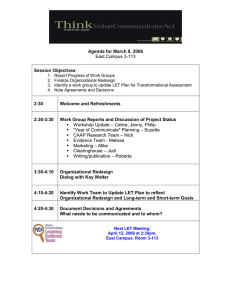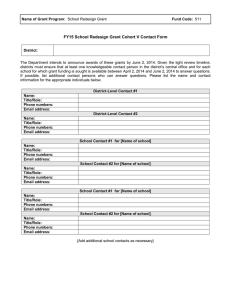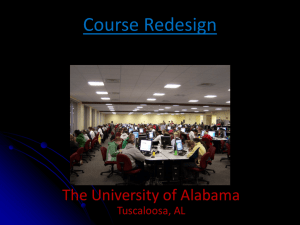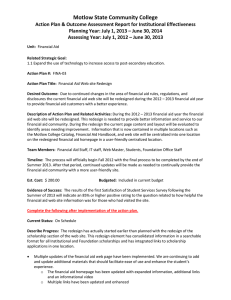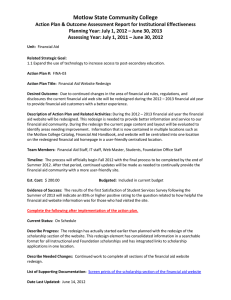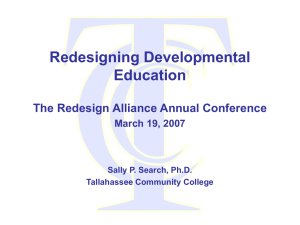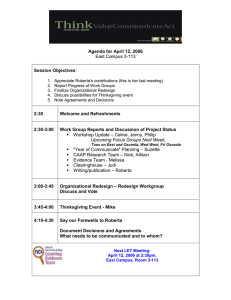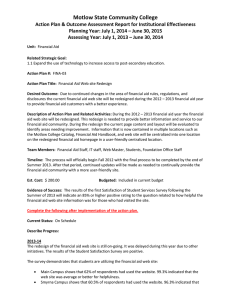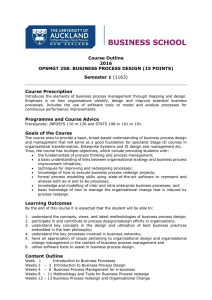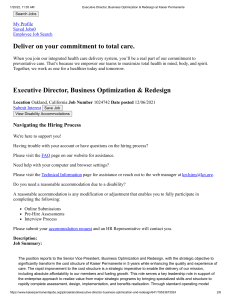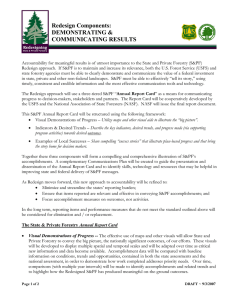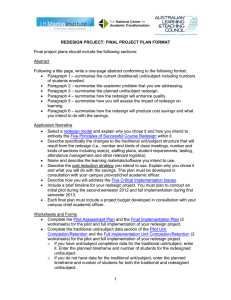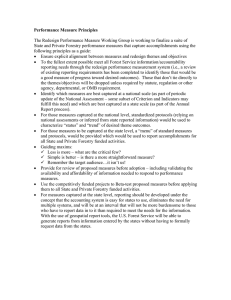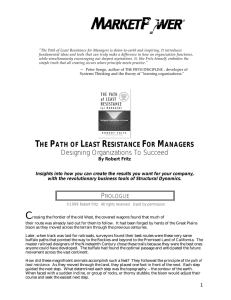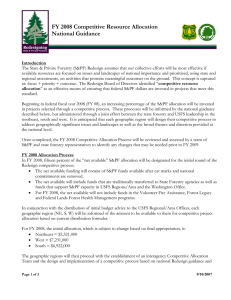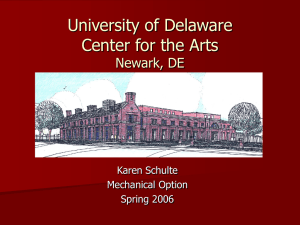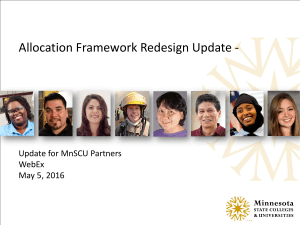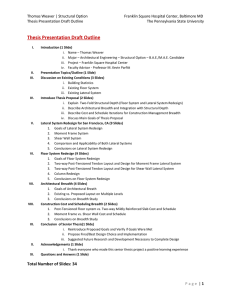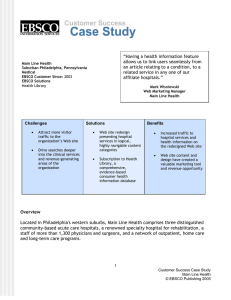Developing Sustainable
advertisement
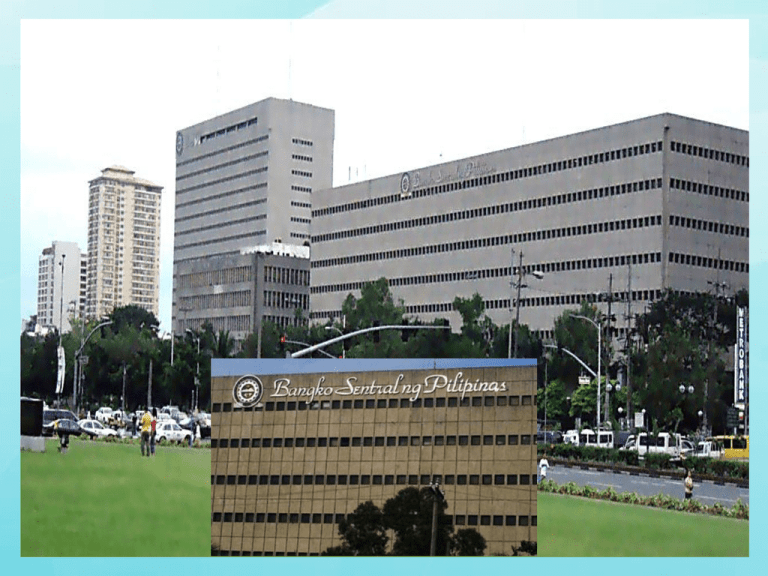
Library On-line Public Access Catalogue (OPAC) By Teresita G. Hernandez-Calma Ph.D. Head, Library Department Centro Escolar University Mendiola, Manila Objectives At the end of this lecture, you will be able to: - Understand the importance of sustainable Libraries. - Understand and Prepare a Sustainable Library Program Situation Decades ago Today Enjoyed the print resources Gone and accessed through the computer pass IRRI Library Offers a variety of services, collections and technology. The gateway to a comprehensive and dynamic collection of rice literature in any format and language. Providing access in an environment where traditional and emerging information services converge. Not unless we can sustain ourselves and our Libraries can we continue to exist as service establishments and as professional librarians SUSTAINABILITY What is it? Carry on or withstand a program without interruption Webster dictionary Let us reflect . . . Sustainable Library Program - redesign - plan Redesign – - Needs Analysis - Problems/Concerns and Identified Opportunities Redesign Needs Analysis What do I have? - Resources - Values - External Environment Resources Facilities Materials Resources Library Strategic Plan outlines a program focused on changing access to traditional services that meet the needs of today and tomorrow Values Relevant Strategies for sustainable development should be seen as process not new plans Principles for Strategies for Sustainable Development 1. People-centered 2. Consensus on long-term integrated 3. Comprehensive and integrated 4. Targeted with clear budgetary priorities 5. Based on comprehensive and reliable analysis 6. Incorporate monitoring, learning and improvement 7. Mother Organization-led and Departmentowned 8. High level commitment 9. Building on existing processes and strategies 10. Effective participation 11. Link university level and department level 12. Develop and build on existing capacity patterned from OECD principles Model Library Sustainable Program Little to No Planning - Reason for High Failures 1. Not focused on true passions, talent and where there are viable economic opportunities 2. Poor management. This ties in with reason one. Good leaders are focused on products and services that align deeply with their passions and talents. 3. Poor planning 4. Insufficient capital 5. Poor location 6. Not thinking to the future 7. Over expansion
